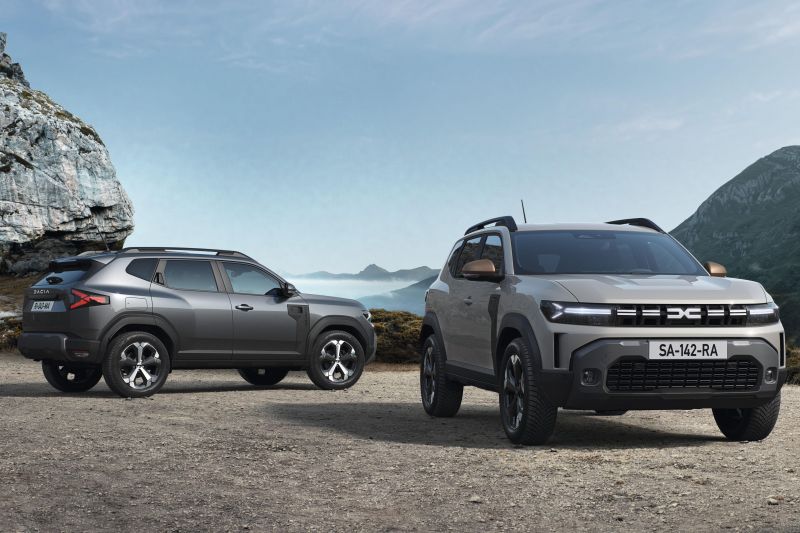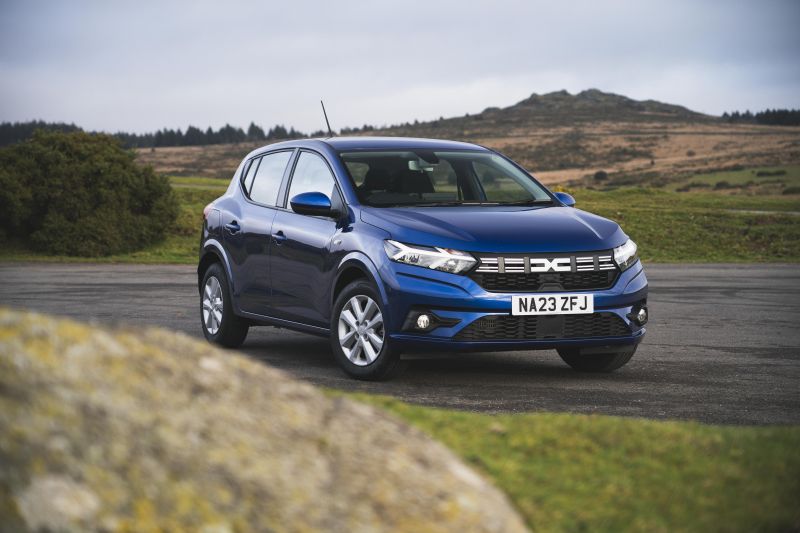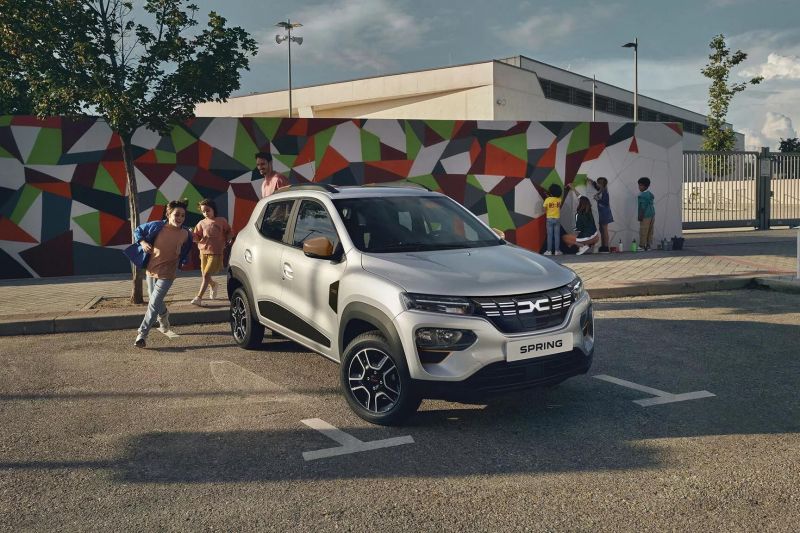Dacia is remaining resolute in the face of growing pressures to electrify.
The Renault-owned budget brand will instead position itself as a traditional fallback to its parent company’s namesake brand, which is rolling out a raft of electric vehicles (EVs).
As Renault rolls out more EVs, Dacia will continue offering internal combustion-engined cars to budget-conscious consumers.
Talking to Autocar, Dacia CEO Denis Le Vot offered clarity on Dacia’s position while accepting an EV switch is inevitable.
“[Our parent company] Renault is going quick and massively on the electrification of the cars,” he said.
“Dacia is also going, of course, because we know the endgame. But it’s not going as quick. Dacia is offering an alternative at every moment on the market for mobility.
“It is not a race to go electric as quick as possible. Maybe I could say the contrary. There are these two things that are moving at the same time. We just have to be consistent.”
He added Dacia is a “life jacket” to Renault “in this uncertain environment”, and that combustion engines are Dacia’s “bread and butter”.
“We have here a dual offer to offer: we will be bi-energy, which is to say an electric version and an ICE version. We will see. We have time,” he added.
Mr Le Vot also told Autocar that Dacia is still making efforts to cut down carbon emissions, but Dacia would not rush to make changes to its line-ups.
“Of course, we don’t do nothing, because this is not possible. We are decarbonising step by step, so the first one is the LPG – 10 per cent less carbon – and the second one is when the pressure is coming and the market is demanding,” he said.
“Then we go on HEV [full hybrid].”
The Romanian brand recently revealed a new generation of its Duster, a small, rugged crossover. The small SUV is one of the brand’s heavy hitters in terms of sales but has debuted without a fully electric version.
This places the brand-new Duster out of step with wider industry trends, especially in Europe.
When questioned by Autocar on when the Duster would adopt electric power, Mr Le Vot replied, “I don’t know.”
Sticking to Dacia’s ethos, he continued, he believes there is sufficient “room” for the Duster to remain “mostly ICE-based” until 2032 – the year the current Duster’s model cycle will end.
However, the Duster will field three internal combustion engines (ICE) upon launch that have a lower emission focus.
The Duster will be available with a 1.0-litre turbocharged three-cylinder engine fed by either LPG or petrol, a 48V mild-hybrid 1.2-litre turbocharged three-cylinder and finally, a hybrid option that pairs a 1.6-litre four-cylinder petrol engine with a 37kW electric motor.
Part of the reason for the brand’s reluctance to wholly embrace EVs is because Dacias remain popular in developing markets as well as Europe.
“Our cars have lives outside of Europe – Turkey, Morocco and North Africa, Latin America and India,” Mr Le Vot told Autocar, and therefore “the percentages of electrification [for the brand] would be far from 100 [by 2028].”
The brand has only one EV at the moment, the Chinese-built Spring light hatchback.
Priced from €22,750 (A$37,401), or around twice the price of the cheapest Sandero, the Spring has only a 33kW/125Nm electric motor powered by a 26.8kWh battery.
The larger Sandero hatchback is due to be replaced around 2028, and could be the next model from the brand to offer electric power.
“No one can imagine that you would launch an ICE-only car in Europe that would live between 2028 and ’34, correct?” said Mr Le Vot.
Dacia will enter the Dakar Rally from 2025 with a vehicle created in collaboration with British motorsport and automotive tech firm Prodrive, and says it will use development of the racing prototype as an opportunity to test new technologies for its road cars.
The T1+ prototype to be developed for the Dakar Rally will allow Dacia to demonstrate its manufacturing skills when it comes to all-wheel drive capability in extreme conditions.
While Australia has thus far missed out on Dacia vehicles, the brand’s first models are due here in 2025, with the Duster the first cab off the rank. However, the Romanian brand’s cars will be badged as Renaults locally.
Renault will attempt to introduce the Duster as a budget proposition, but might not reach the pricing lows Chinese brands have achieved, according to Renault Australia general manager Glen Sealey.





